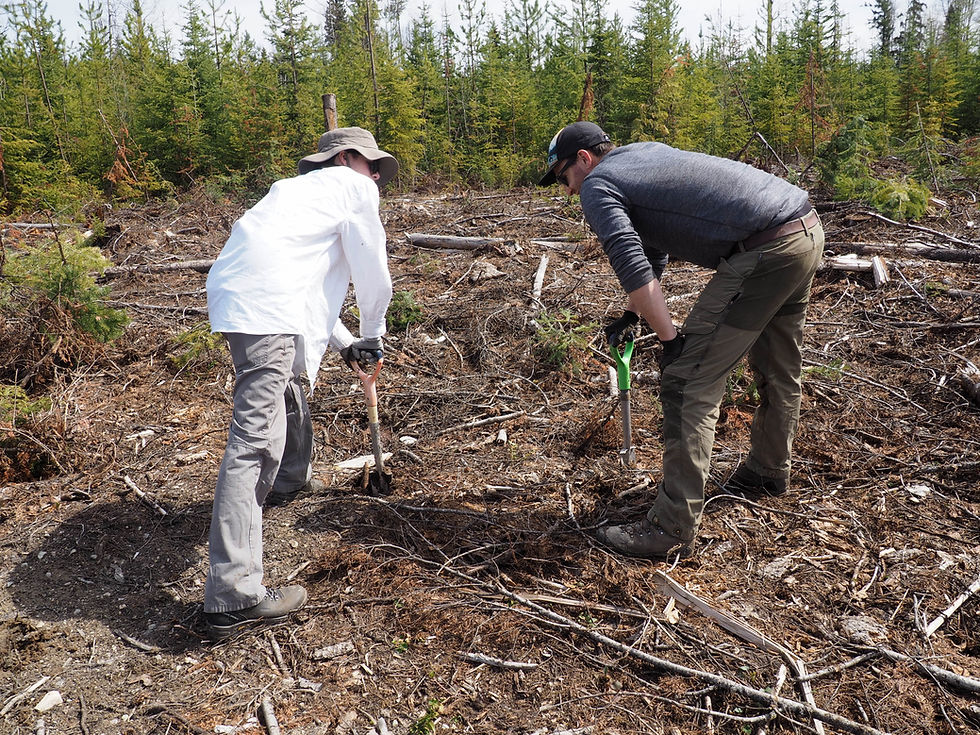- Jordan Tesluk
- Apr 29
- 2 min read
Answer: Western black-legged deer ticks (Ixodes Pacificus)
Lyme disease is a life-changing illness caused by the Borrelia burgdorferi bacterium that can be transmitted to animals and humans through the bite of certain ticks. There have been numerous confirmed cases of Lyme disease among tree planters, with tree planters being particularly susceptible to bites as they move through multiple hectares of land each day.
The Culprits
The tick that spreads Lyme in BC is the western black-legged deer tick (Ixodes Pacificus) which is closely related to the deer tick or black-legged tick (Ixodes Scapularis) responsible for the transmission of Lyme disease in Eastern Canada. Helpful identification information can be found on various organization websites, including The Canadian Lyme Disease Foundation and Tick Talk Canada, and some Government websites.
Not all deer ticks carry the bacteria that causes Lyme, and risks are believed to be lower in Western Canada than in the east. Research estimates the presence of the bacteria in up to 18% of Ixodes Scapularis in Eastern Canada, but anywhere from less than 1% of Ixodes Pacificus in Western Canada from locally sourced data and up to 4% based on studies of the same species in California.
Lyme Disease Reporting
Despite the low probability of the harmful bacteria in ticks in Western Canada, reported cases of Lyme disease have been increasing in recent years, either due to increased infections or higher awareness of the disease among the public. However, the BC Center for Disease Control has indicated that many of the verified infections have occurred due to tick bites occurring outside of BC. It also must be noted that there may have been unreported cases that were either successfully treated or not detected.
If You're Bitten
If a worker is bitten by a tick, they should not panic, as it must be the correct species to transmit the disease. Secondly, the tick generally needs to be attached to its host for a significant period of time for transmission to occur, and immediate removal of the tick can decrease the chance of infection. Most sources indicate a tick must be attached for at least 24 hours to transmit the harmful bacteria, but other research suggests that infection can occur much more quickly.
The key message for workers is to remain calm; the chance of Lyme disease infection remains very low in Western Canada. However, prompt inspection and immediate removal of any ticks, followed by appropriate testing and potential treatment can further reduce the risk of Lyme disease to a very low level.


